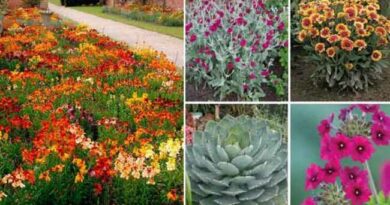17 Gorgeous Trees with Heart-Shaped Leaves (And Why They’re Worth Planting)
There’s something undeniably charming about trees with heart-shaped leaves. Whether fluttering gently in the breeze or glowing golden in the fall, these trees carry a romantic energy that adds beauty and symbolism to any landscape. From ornamental charm to environmental benefits, each of these heart-leafed trees has something unique to offer.
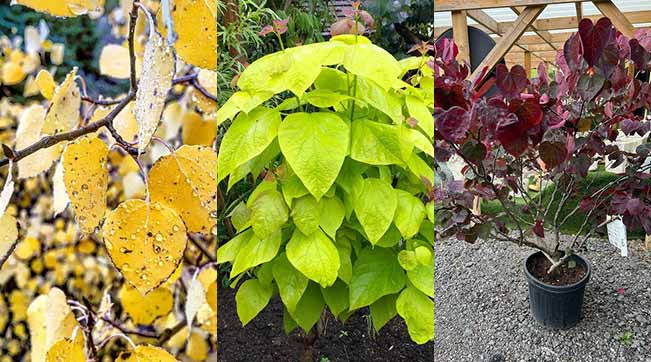
Here are 17 of the most beautiful heart-shaped leaf trees to consider for your garden or landscape—plus a few fun facts along the way!
1. Katsura Tree

Botanical Name: Cercidiphyllum japonicum
USDA Zones: 4–8
Height: 40–60 ft
The Katsura Tree is a graceful, ornamental tree from Japan and China. Its small, roundish heart-shaped leaves appear in early spring with a reddish-purple hue and mature to blue-green in summer. In fall, they turn shades of yellow, orange, and apricot—and release a sweet, cotton-candy-like scent. This tree is a favorite in large gardens and parks for its beautiful seasonal changes and fragrant foliage.
2. Black Tupelo (Black Gum)
Botanical Name: Nyssa sylvatica
USDA Zones: 4–9
Height: 30–50 ft
Black Tupelo trees are known for their brilliant fall colors and glossy, dark green leaves that often have a subtle heart shape, especially when young. In autumn, the foliage transforms into shades of scarlet, orange, and purple. It’s highly valued for both ornamental use and wildlife—bees love its nectar, and birds feast on its berries.
3. Hearts of Gold Redbud
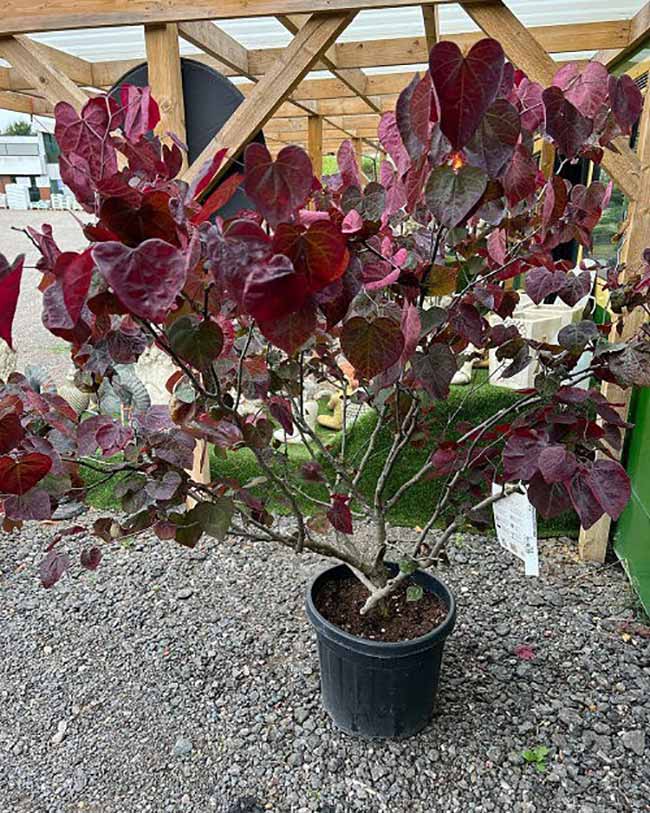
Botanical Name: Cercis canadensis ‘Hearts of Gold’
USDA Zones: 5–9
Height: 20–25 ft
This small, ornamental tree lives up to its name with golden-yellow heart-shaped leaves that emerge bright and fade into chartreuse. In early spring, before the leaves even appear, it bursts with rosy-pink blooms. It’s perfect for small yards or gardens needing a bold splash of color without taking up too much space.
4. Northern Catalpa
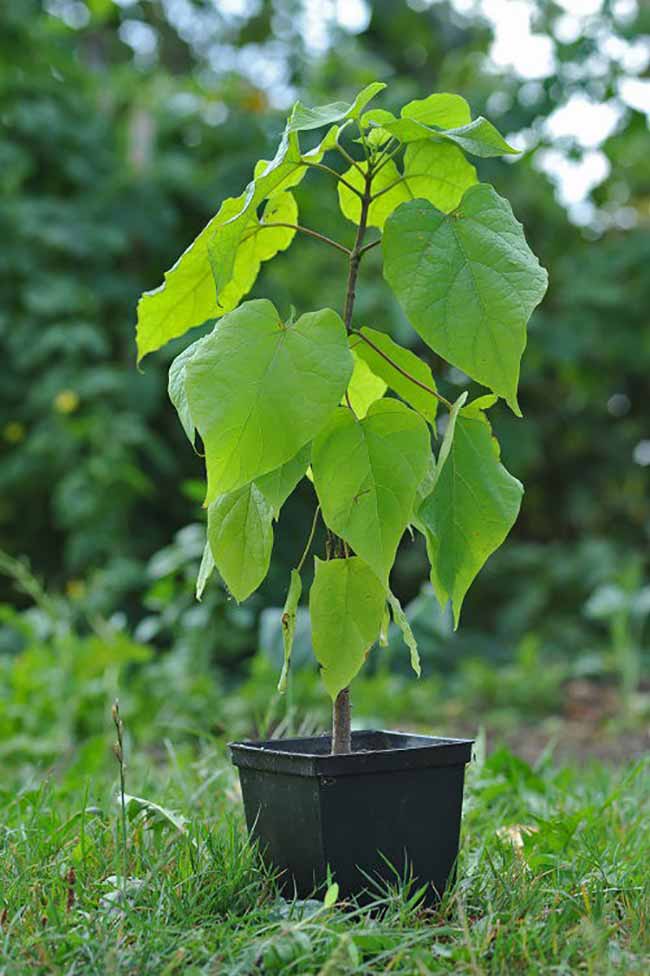

Botanical Name: Catalpa speciosa
USDA Zones: 4–8
Height: 40–60 ft
Known for its massive leaves, the Northern Catalpa adds drama to any landscape. Its heart-shaped foliage grows up to a foot wide, while showy white flowers bloom in clusters during late spring. The long seed pods that follow give it extra ornamental interest through the seasons.
5. Silver Linden


Botanical Name: Tilia tomentosa
USDA Zones: 4–7
Height: 50–70 ft
The Silver Linden is a towering European beauty known for its large, soft-textured, heart-shaped leaves with silvery undersides. When the wind blows, the shimmering effect of the leaves makes this tree a showstopper in any garden. It’s a favorite for shade due to its dense, rounded crown. Plus, bees absolutely love its sweet-smelling summer flowers.
6. Western Redbud

Botanical Name: Cercis occidentalis
USDA Zones: 6–9
Height: 10–20 ft
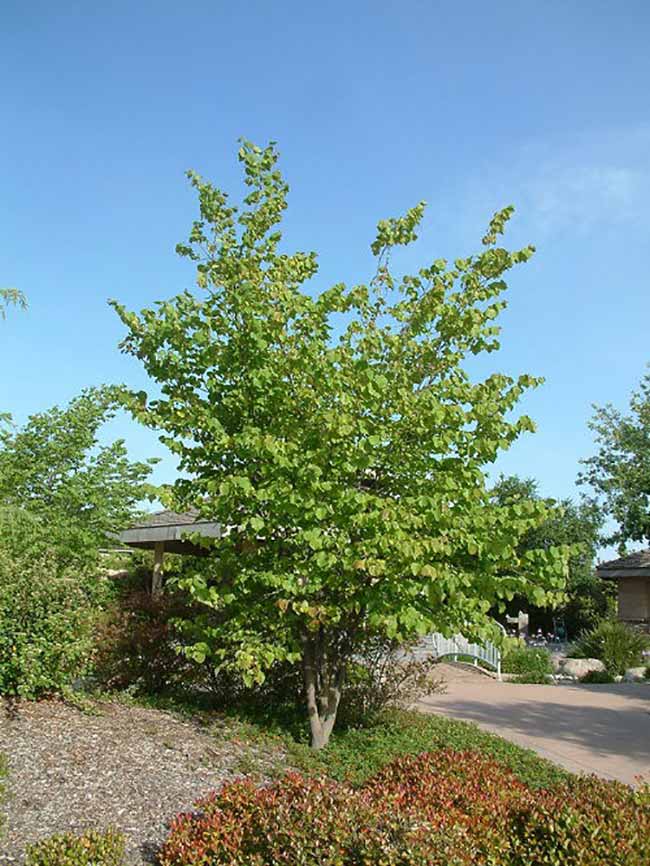
This native of the western U.S. features smaller heart-shaped leaves that shift from deep green to bright yellow as autumn rolls in. Spring brings brilliant magenta flowers directly on its branches—a look that’s both wild and graceful. It’s drought-tolerant and well-suited for dry landscapes.
7. Quaking Aspen
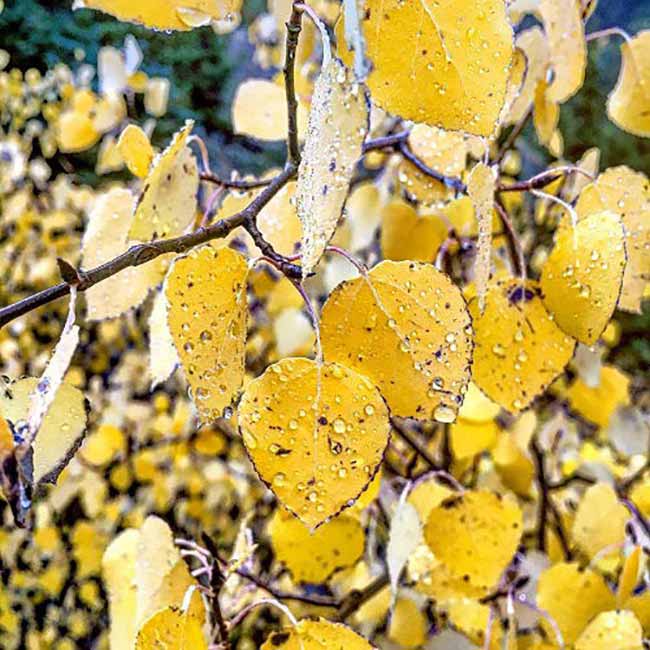
Botanical Name: Populus tremuloides
USDA Zones: 1–7
Height: 40–50 ft
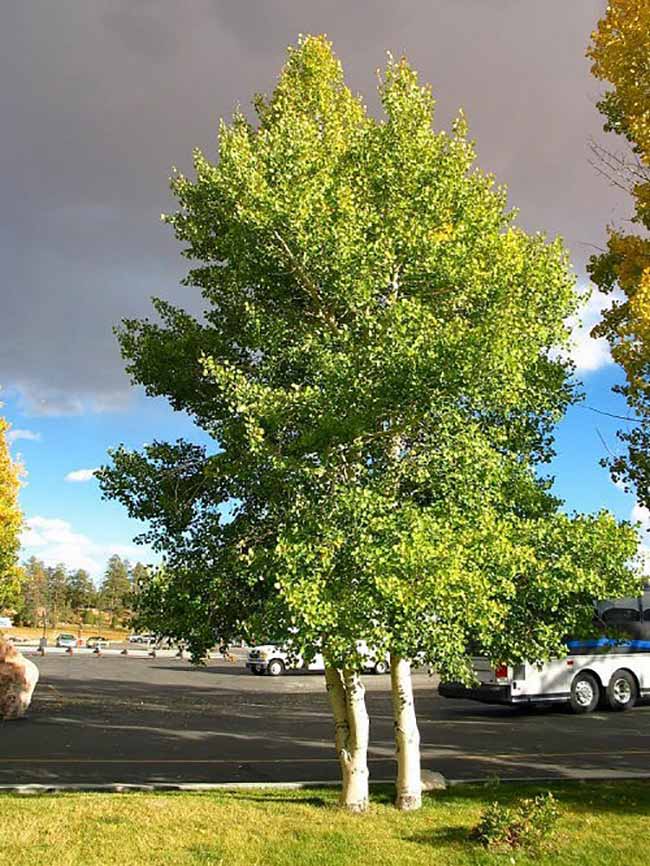
Few trees match the poetic beauty of a Quaking Aspen. The round, heart-like leaves flutter in the lightest breeze thanks to flat leaf stems. Come fall, the foliage turns a golden yellow, creating a stunning display. These trees often grow in groves, thanks to a shared root system, forming natural forest-like settings.
8. Eastern Redbud
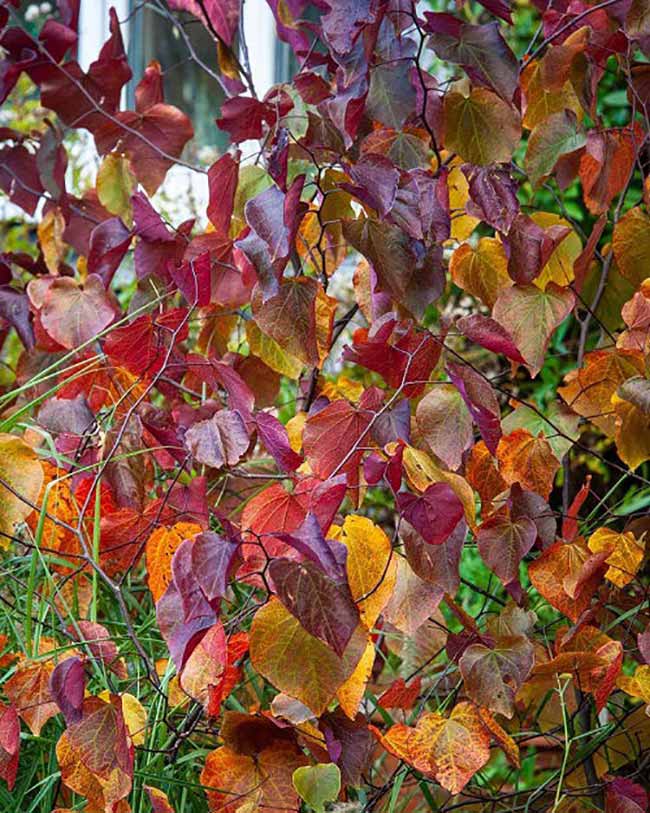
Botanical Name: Cercis canadensis
USDA Zones: 4–9
Height: 20–30 ft

A close cousin of the Western Redbud, this variety is just as enchanting. It blooms in early spring with lavender-pink flowers, followed by glossy green, heart-shaped leaves that later shift to yellow in fall. It’s a favorite in urban gardens because of its compact size and high visual impact.
9. Foxglove Tree (Empress Tree)

Botanical Name: Paulownia tomentosa
USDA Zones: 6–9
Height: 30–40 ft

With enormous leaves that can be over a foot wide, this fast-growing tree is a real eye-catcher. Its heart-shaped foliage creates dense shade, while trumpet-shaped lavender flowers bloom in spring before the leaves appear. Native to China, it’s ideal for quickly filling up space in the garden.
10. American Lime (American Basswood)

Botanical Name: Tilia americana
USDA Zones: 3–8
Height: 60–80 ft
This majestic tree is admired for its large, velvety heart-shaped leaves and fragrant yellow flowers. It’s a top pick for pollinators—especially bees, which is why it’s also called the “Bee Tree.” Its lush canopy provides excellent shade and its wood is used in carving and instruments.
11. Yellow Catalpa
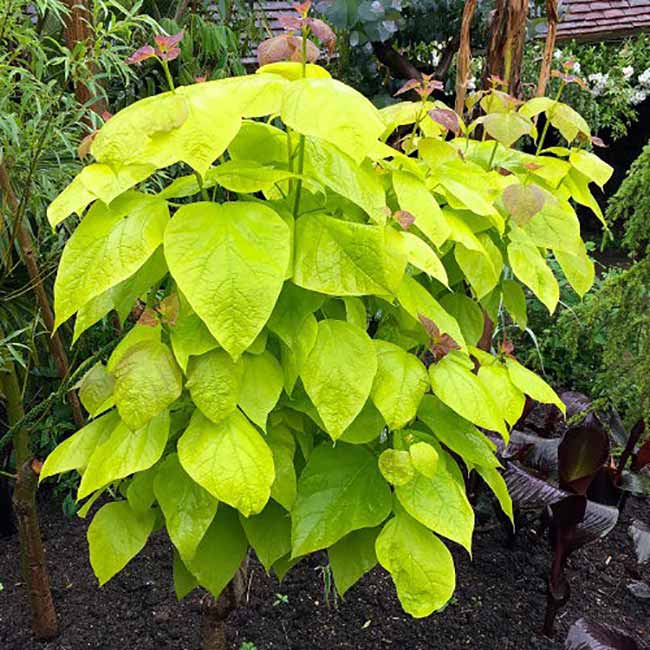
Botanical Name: Catalpa ovata
USDA Zones: 4–8
Height: 30–50 ft

Native to China, the Yellow Catalpa offers pale yellow trumpet-shaped flowers with heart-shaped leaves. This ornamental tree develops twisted seed pods that dangle like string beans, giving it year-round visual interest. It thrives in full sun and tolerates various soil types.
12. Henry’s Lime
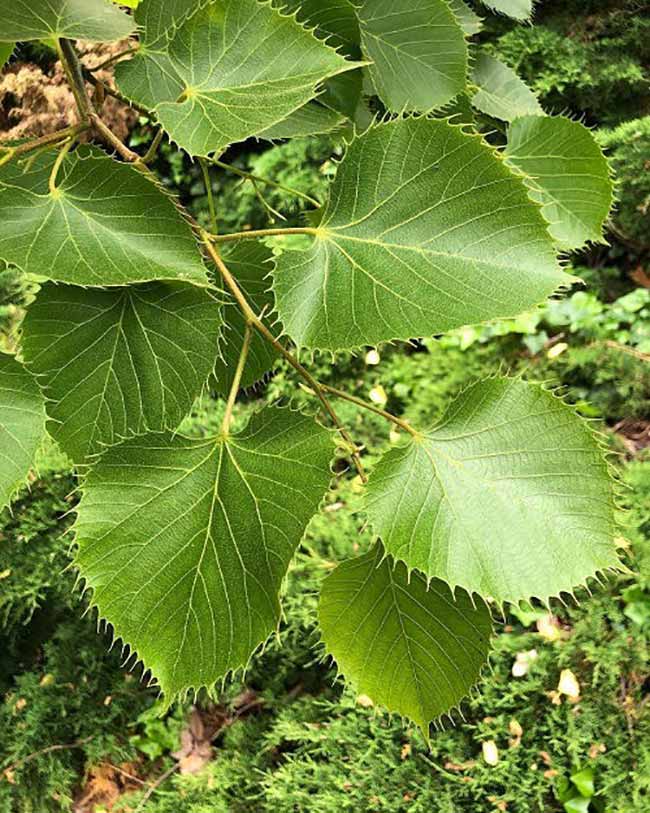
Botanical Name: Tilia henryana
USDA Zones: 6–9
Height: 50–70 ft

Henry’s Lime is less commonly known but truly elegant. The heart-shaped leaves are deeply toothed with soft, silver hairs along the edges. Its late-summer flowers are especially attractive to pollinators, making this tree both beautiful and beneficial for biodiversity.
13. Italian Alder

Botanical Name: Alnus cordata
USDA Zones: 5–8
Height: 50–70 ft
This fast-growing deciduous tree hails from southern Italy and is especially good for poor, dry soils. Its heart-shaped leaves are shiny and dark green, and it produces small reddish catkins in spring. Italian Alder is also valued for its ability to improve soil quality.
14. Sacred Fig
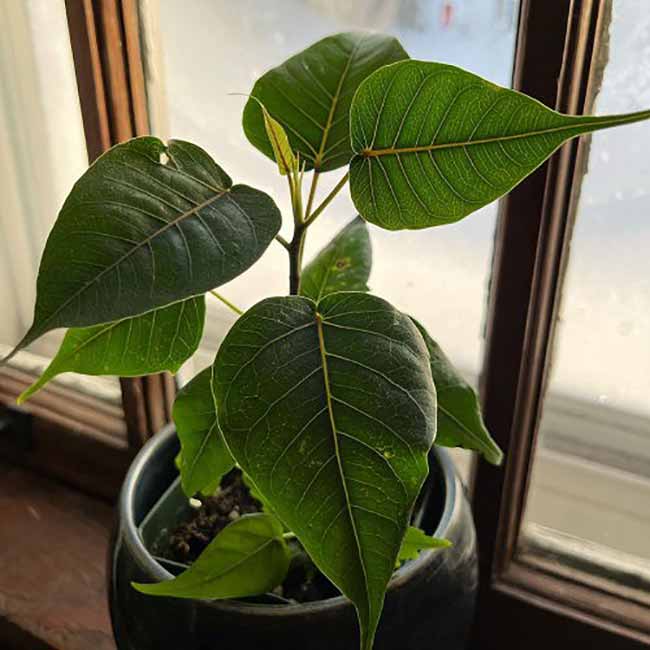
Botanical Name: Ficus religiosa
USDA Zones: 10–12
Height: 60–100 ft
Revered in many Asian cultures, the Sacred Fig bears pointed, heart-shaped leaves with long tips. It’s often planted around temples and sacred sites and is considered a symbol of enlightenment. It thrives in warm, tropical areas and can live for centuries.
15. Caucasian Lime
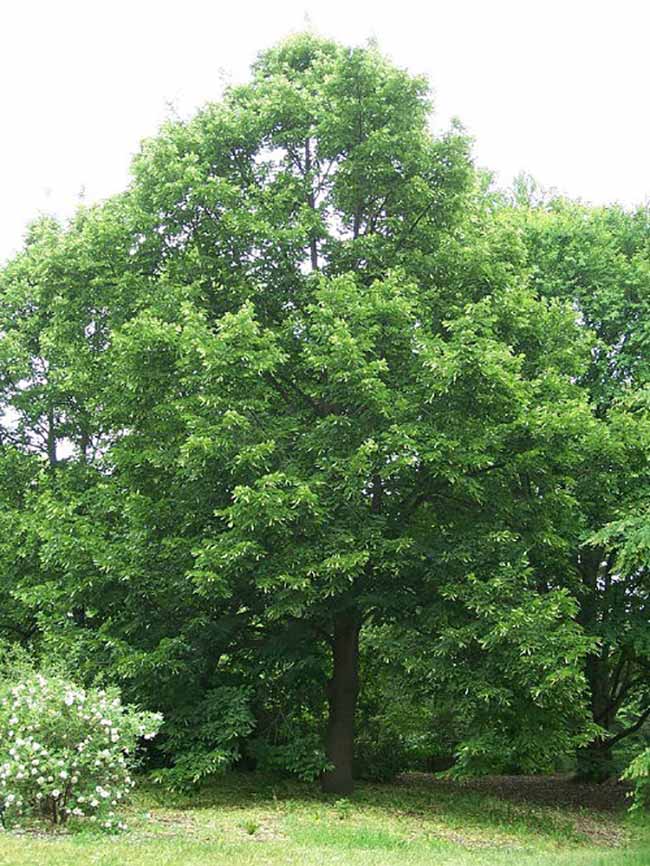
Botanical Name: Tilia × euchlora
USDA Zones: 4–8
Height: 40–60 ft
A hybrid of two lime tree species, the Caucasian Lime features shiny, dark green heart-shaped leaves and sweet-smelling yellow flowers. It is commonly used in urban landscaping due to its pollution resistance and symmetrical shape.
16. White Mulberry
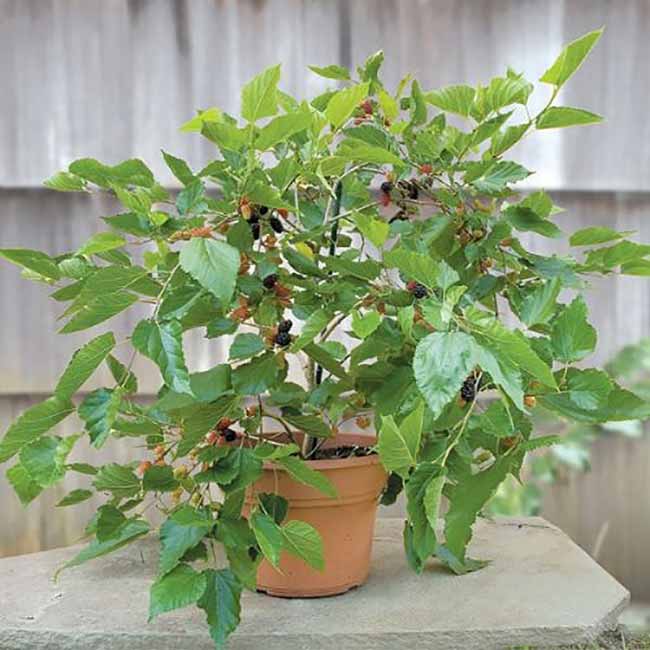
Botanical Name: Morus alba
USDA Zones: 5–10
Height: 30–60 ft
Often grown for its fruit and silkworm food source, the White Mulberry also boasts interesting heart-shaped leaves that vary in shape, even on the same tree. It’s easy to grow, drought-tolerant, and useful as both a shade and fruit tree.
17. Handkerchief Tree (Dove Tree)
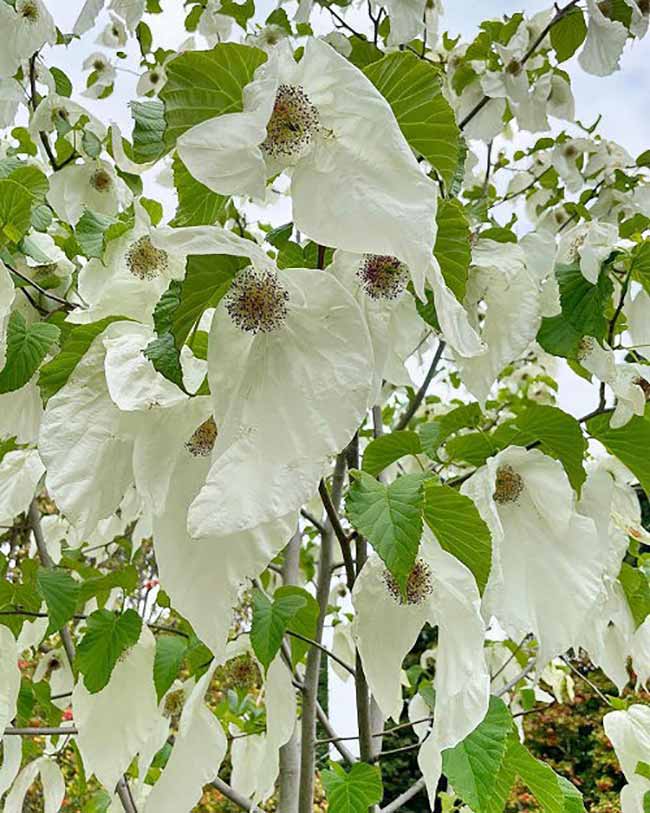
Botanical Name: Davidia involucrata
USDA Zones: 6–8
Height: 20–40 ft
Named for its unusual white bracts that resemble fluttering handkerchiefs or doves, this tree is truly one-of-a-kind. The leaves are broadly heart-shaped, adding charm to the unique flowering display. It prefers a sheltered spot with rich, moist soil.

